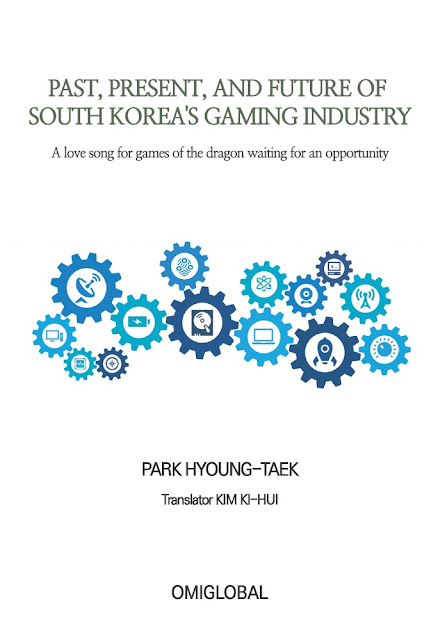泥中蟠龍's Game愛歌 [A love song for games of the dragon waiting for an opportunity] Between something new and familiar
泥中蟠龍's Game愛歌
[A love song for games of the dragon waiting for an opportunity]
Between something new and familiar
There is a constant struggle between something new and familiar. We are often at the crossroads as we are forced to choose between two things, for instance, today's style and my favorite costume, a new job and the present job, or a newly-built fancy apartment and cozy old house because of the gap between expectations for something fresh and sense of familiarity with something old.
Recently I had dinner with the CEO of a film studio. We talked a lot about a new cinema in the planning stage including a business model to make a connection between a movie storyline and webcomics or video game in particular. I concluded the biggest difference between the motion picture and the video game is that they take different forms to show something "novel" and "accustomed" while we were discussing the planning. I'd like to deal with the difference between the two content - the narrative-based film and the interaction-oriented video game - in the planning stage.
Let me introduce a story which I heard before. A busy moviemaker asked a screenplay writer to summarize his scenario in a single sentence and the scriptwriter replied that it's a story about a terminally ill woman and a man who loves her. Readers may recall quite a few films or TV series which are associated with the summing-up. There are probably Love Story (1970 American film) or The letter (1997 South Korean film); the roles of the man and woman in the local movie are reversed unlike the first, etc. The basic attribute of storytelling-centered content is based on its familiarity. Nevertheless, no one would want to watch an unexceptionable motion picture or a predictable television series all the time. So something unconventional is needed in the processing of delivering despite its familiar structure. The narrative-focused content is equal to a house. A bedroom, living room, and restroom are considered necessary spaces on its solid foundations, however, the house can be designed differently for its flow of residents, outer wall or interior decoration, and furniture, etc. No one would like the house which is uniform in its interior and exterior structure and where there are no rooms for bathroom or kitchen, etc.
Meanwhile, communication-oriented content is equivalent to a car. Many Korean tourists to Japan may have been troubled when they drive on the left side of the road for the first time. It may be harder for drivers to control gear of a car with their feet and brake and accelerator with their hands. Let's put this into a newly released video game of totally different gameplay with other existing game rules. Users may want to stop playing the game if they can't become accustomed to the new specific way no matter what they do. On the other hand, users will get tired of enjoying the game with a predictable result.
A film needs to show a new form of familiarity, but a video game should guide players to the familiar-seeming new world. While you can easily guess the owner of a house where you visit once, it's hard to notice who owns the car with only an automobile-interior photo. Of course, it wouldn't be used in all content. But I reckon that a content product manager needs to think more carefully about this issue.
※ This is from Kyunghyang Games column by 泥中蟠龍 since September 2013.
(http://www.khgames.co.kr)
Translation by Kim Ki-hui


Comments
Post a Comment